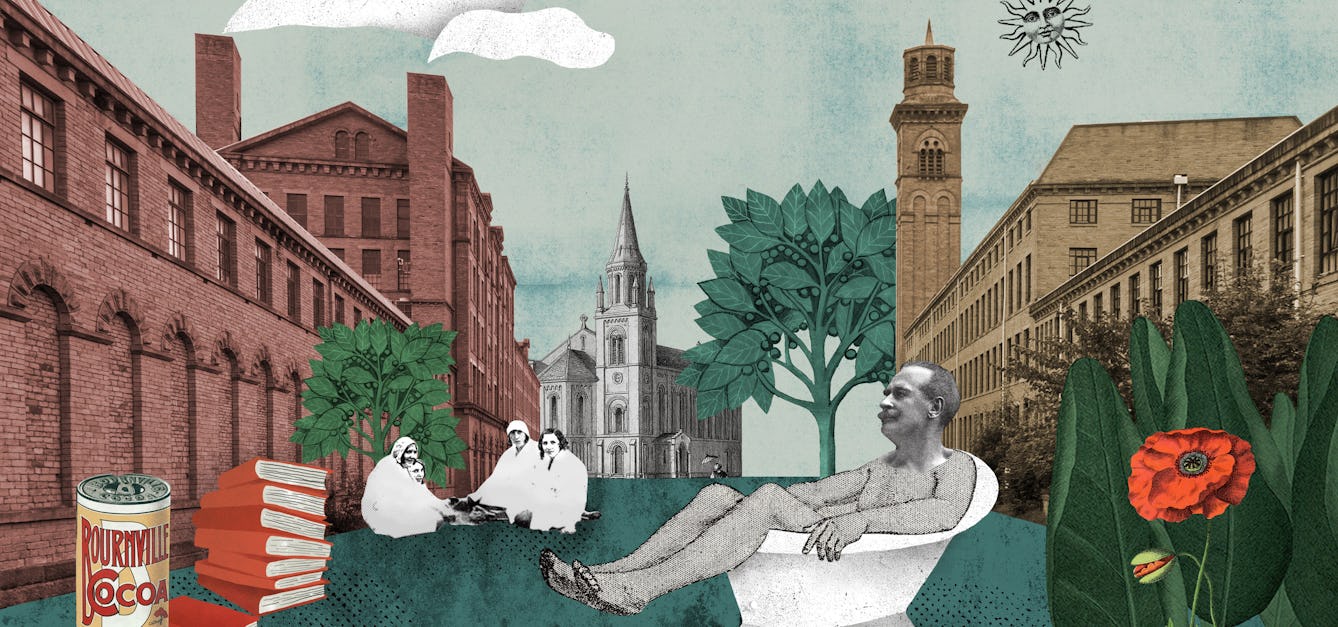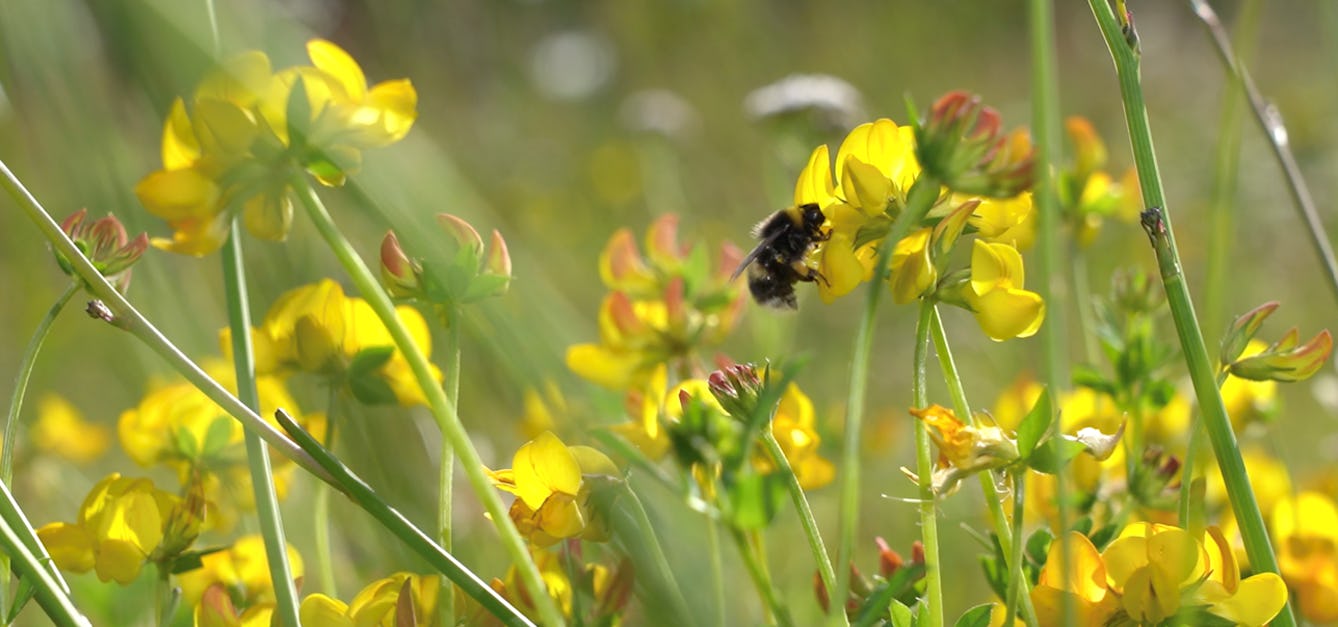Stories

- Article
How we bury our children
Following her baby daughter’s funeral, Wendy Pratt found that visiting the grave gave her a way to carry out physical acts of caring for her child. Here she considers how parents’ nurturing instincts live on after a child’s death.

- Article
Homes for the hives of industry
By building workers’ villages, industry titans demonstrated both philanthropy and control. Employees’ health improved, while rulebooks told them how to live ideal lives.

- Book extract
What the wind can bring
In this extract from ‘This Book is a Plant’, Amanda Thomson shares a newfound fascination with flowers, and reveals why our relationship with plants can also be complicated.
Catalogue
- Books
- Online
The carpenter's treasure; a collection of designs for temples, with their plans, Gates, Doors, Rails, and Bridges, in the Gothic taste; With the Centres at Large, for Striking Gothic Curves And Mouldings; And some Specimens of Rails, in the Chinese Taste: forming a complete system for rural decorations. A new edition. Neatly engraved on sixteen plates, from the original drawings of N. Wallis, Architect.
Wallis, N.Date: [1773]
- Pictures
- Online
A large, ornate vase with figures clasping hands carved on the side, in a classical garden. Etching by J. Schynvoet, c. 1701, after S. Schynvoet.
Schijnvoet, Simon, 1653-1727.Reference: 26601iPart of: S Schynvoet's Voorbeelden der lusthof-cieraaden zynde vaasen, pedestallen, orangiebakken, blompotten en andere bywerken & c.
- Pictures
- Online
A large, ornate vase with figures partying carved in relief on the side, in a classical garden. Etching by J. Schynvoet, c. 1701, after S. Schynvoet.
Schijnvoet, Simon, 1653-1727.Date: 1701Reference: 26613iPart of: S Schynvoet's Voorbeelden der lusthof-cieraaden zynde vaasen, pedestallen, orangiebakken, blompotten en andere bywerken & c.
- Pictures
- Online
A large, ornate vase with figures joining hands carved in relief on the side, in a classical garden. Etching by J. Schynvoet, c. 1701, after S. Schynvoet.
Schijnvoet, Simon, 1653-1727.Date: 1701Reference: 26618iPart of: S Schynvoet's Voorbeelden der lusthof-cieraaden zynde vaasen, pedestallen, orangiebakken, blompotten en andere bywerken & c.
- Pictures
- Online
An ornate vase and pedestal with a man fighting lion carved on the base. Etching by J. Schynvoet, c. 1701, after S. Schynvoet.
Schijnvoet, Simon, 1653-1727.Reference: 26607iPart of: S Schynvoet's Voorbeelden der lusthof-cieraaden zynde vaasen, pedestallen, orangiebakken, blompotten en andere bywerken & c.




![Trifolium rubens L. Leguminosae. [Note the Family Leguminosae is preferred over Family Fabaceae as the former allows all the legumes to be in one Family and not three - one Family being the current consensus among botanists]. Red Feather Clover. Distribution: Europe. The white clover, Trifolium repens, is listed as a treatment for arthritis by Linnaeus (1782). This and Trifolium pratense, Red Clover, are the ones most used for pastures. All the clovers have root nodules which fix nitrogen from the air into the soil so have an important role in ensuring soil fertility. Trifolium rubens has the same nitrogen fixing ability, and is used as an ornamental garden plant where it still acts to improve fertility. Photographed in the Medicinal Garden of the Royal College of Physicians, London.](https://iiif.wellcomecollection.org/image/B0009229/full/282%2C/0/default.jpg)




